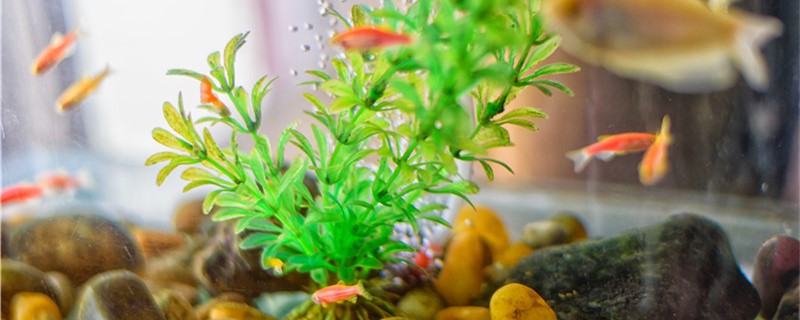
in the fish tank, which shows that the ammonia nitrogen content in the water is relatively high, and there is no good nitrification system in the tank. This kind of algae does not require high light, so it can grow rapidly with or without light, but when the amount of ammonia nitrogen decreases, it will quickly subside. So nitrifying bacteria are its biggest natural enemies, as long as enough nitrifying bacteria are cultivated and nitrification systems are established, there is no need to worry about brown algae.
1, artificial cleaning: brown algae can be cleaned up by artificial means, the advantage of doing so is immediate, but there are also some shortcomings, that is, a temporary solution, a long time brown algae will appear, want to completely eliminate, we must reduce feeding, usually pay attention to cleaning up the dirt at the bottom of the jar.
2. Raising tool fish: There are many kinds of tool fish, such as common moss rats, black line flying foxes, small elf fish, etc., which are good algae-eating fish and can eat brown algae. It should be noted that some algae-eating fish can not be fed with other feeds, otherwise it will cause it to be picky and not eat algae.
3. Use algaecide: algaecide is also a good choice. The common ones are glutaraldehyde and copper sulfate. It should be noted that they should not be mixed, and the dosage should be strictly controlled to avoid phytotoxicity.